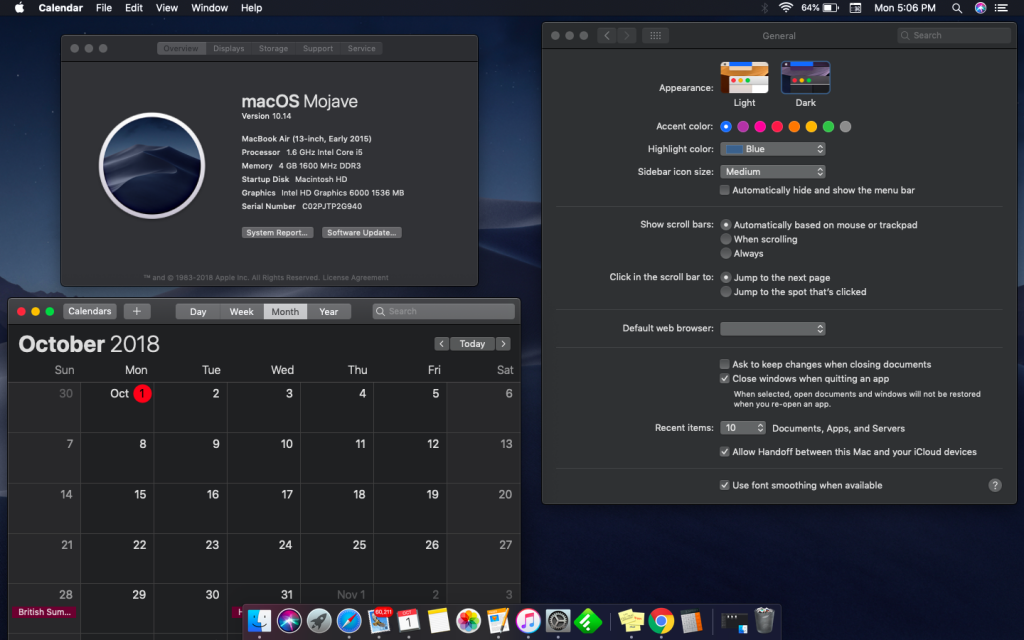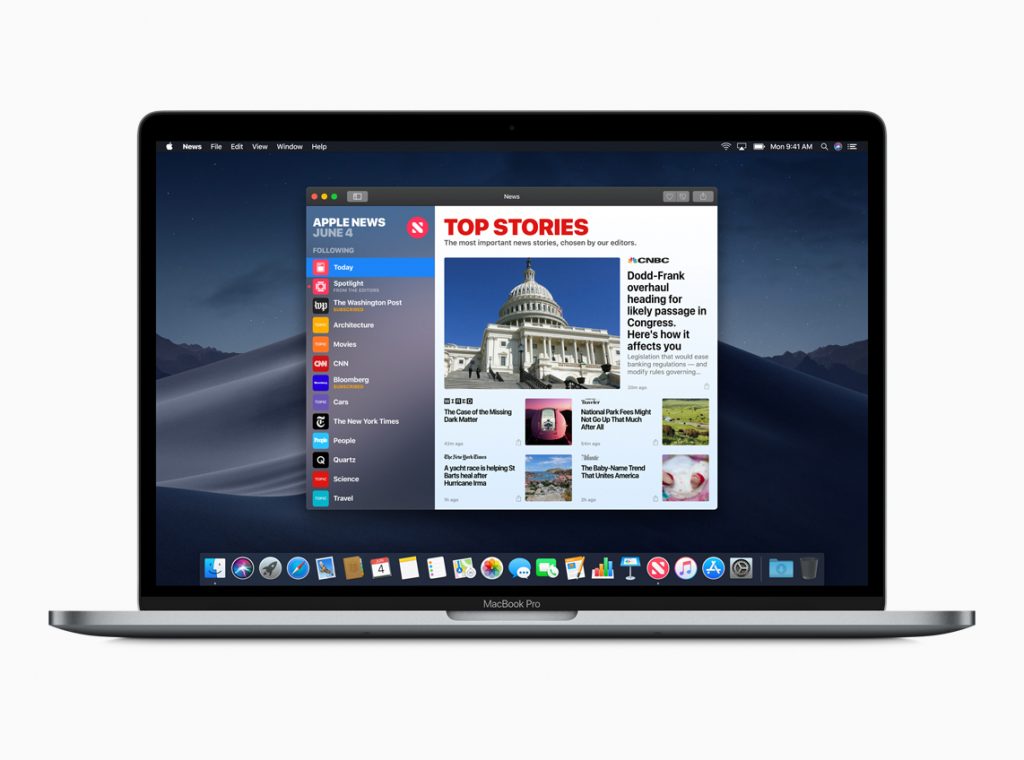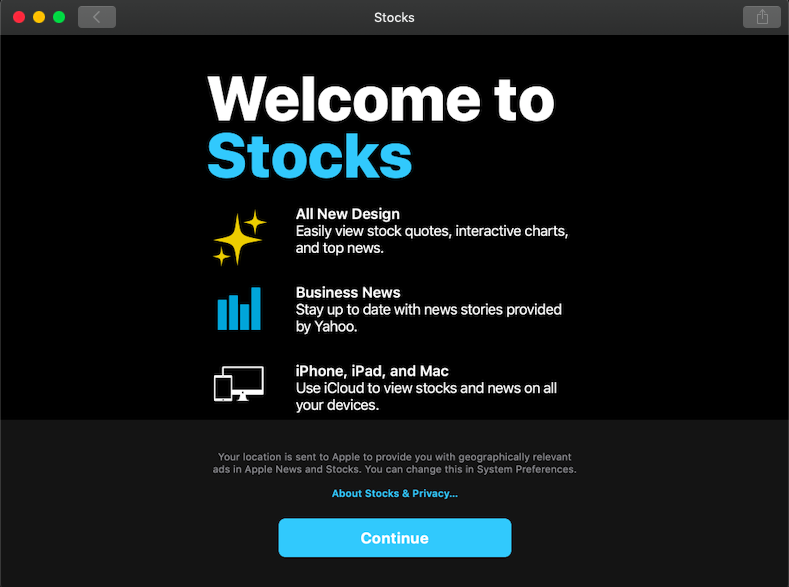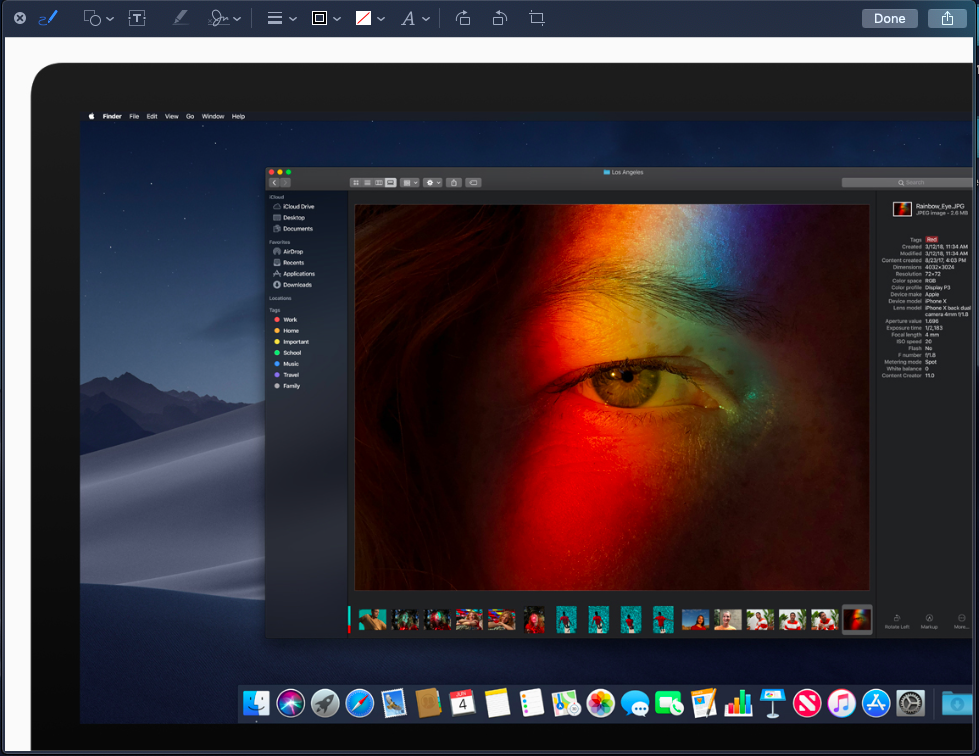Apple unveiled its latest Mac operating system, the Mac OS 11.14 Mojave, at the Worldwide Developers Conference (WWDC) in June. Ever since the company unveiled MacOS Mojave, there has been a lot of hype and curiosity about this new version. Apple, after launching their new iPhones recently, has finally released the first stable version of Mojave for the public.
MacOS Mojave is a free update to Mac users, and it comes with dozens of new features. It also marks the most visually striking Mac OS upgrade in recent years and comes with universal dark mode. Mojave comes with a bunch of useful upgrades and features, which are going to boost up the productivity of many.
Here are the top business-friendly features of MacOS Mojave to look for.
MacOS Mojave dark mode
First and foremost on the list of top features is dark mode. Although this feature is not one of the business-centric upgrades in MacOS, it is one of the most requested features, which led to the popularity of the operating system even before the public release. Most Mac users have been waiting to have an all-black interface in Mac OS. Mojave delivers this in the form of dark mode, where every on-screen element and the entire interface including almost all the default apps such as App Store, Mail, Calendar, and Photos comes with a black hue.

Dark mode is most likely to appeal to many Mac users such as photographers, video editors, content editors, students, and other professionals who wish to work in the night with less-glare on the screen. The OS also provides an option to conveniently switch between dark mode and light mode.
Security
Security has been one of the strong aspects of Apple for quite some time now. Security serves as a primary reason for users choosing an iOS-based device over Android in the smartphone segment and MacOS over other operating systems in the PC/laptop segment.
Like every other MacOS update, Mojave also packs in a set of features that strengthens security. Most of the security updates in Mojave are focused on user’s privacy and, accordingly, Safari on the Mojave will reduce online fingerprinting and user tracking by advertisers. The browser will only share a sampled user profile to the websites, which makes it harder to identify users. Thanks to Apple’s latest Intelligent Tracking Prevention System, Mojave will also curb social media buttons and widgets such as like and share on websites from capturing or tracking the user’s data.
For enhanced protection, Safari on Mojave will support stronger passwords and will notify and flag reused passwords. Mojave will use more popups to alert users when an application of a web service is trying to access media, microphone, camera, or personal information. Moreover, any application that is trying to access any of these resources needs to get the user’s approval for the access.
More productive apps
MacOS Mojave also sports some of the Apple’s famous proprietary apps, which were previously confined to iOS devices. First in the list is Apple’s very own News app, which will now let the Mac users browse and follow various news channels on the desktop. The favorite list, the history of news, and areas of interests will automatically sync between the iOS app.

The Stocks app has also made its way to Mac users with Mojave. This is an added advantage for users who are into financials. The application will not just keep users updated with the latest stock prices but will also allow them to read business news in the stock application itself. Home is yet another application added in Mojave. This feature allows users to control all compatible smart home gear and HomeKit-compatible devices from a Mac.

Finally, Mojave also packs in the Voice Memos application, which will allow its users to record their audio memos. These audio recordings can be used as reminders and can also be easily used in other apps such as GarageBand.
Quick Look
The all-time favorite Mac application, Quick Look has received a couple of major upgrades with MacOS Mojave. Although the functionality of the application and its essence remain the same, it now allows users to perform operations beyond just quick looking the files.

For the uninitiated, Quick Look, as the name suggests, allows users to view a file without actually opening it. But with Mojave, users can actually perform some operations such as editing files and to perform other operations. For instance, with the new Quick Look, users can now edit a document, rotate an image, crop or trim a video file, and more.
Redefined App Store
Apple not only redefined the App Store in terms of looks but has also added other useful features to it. The App Store now offers new and innovative ways to find apps. Users can now use the all-new Discover, Create, Work, Play, and Develop tabs to explore various applications and try them out before downloading and installing them.

Continuity Camera
Continuity has been a focus for Apple across all its platforms. With continuity, users will be able to resume their tasks from where they left it across various Apple devices.
MacOS Mojave comes with an all-new feature in the form of Continuity Camera. When a user is editing a document or working on anything that needs an image to be inserted or uploaded, a user can choose to automatically enable the camera on an Apple device such as an iPhone or the iPad. When the user snaps a picture, it will automatically appear in the document in which they have been working. Continuity Camera also works in a variety of Apple applications such as Pages, Mail, Notes, Keynote, Numbers, and more.
Apart from these business features, MacOS Mojave offers various other features such as dynamic desktop, a screenshot tool, and new and improved Finder, Stacks, and more.
Featured image: Shutterstock



